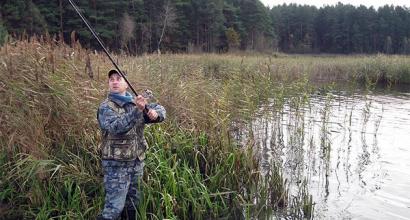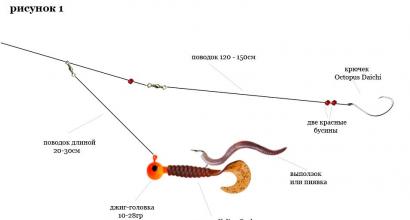ZANDAK FOR SPINNING IN OCTOBER: HOW AND WHAT TO CATCH?
Many fishermen go to the reservoir in October with one goal to catch such a predator - as pike perch. Of course, it can be caught at any other time of the year, but October is considered the most suitable month for catching this fanged predator. This is because before the start of wintering, pike perch actively begins to hunt for weight gain.
When at any other time of the year, small and medium-sized pike perch are mainly biting. then in October you can catch a real monster among this type of fish. Pike perch in October begins to take on various types of baits more willingly. And since he needs to gain enough weight to survive the winter, he drops his guard and comes out of his hiding places to hunt.
To catch zander in October, you do not need to have any professional skills, even a novice spinner can easily catch a trophy. The most important thing in such a successful outcome is to show a little patience, and to have at least the initial skills of catching pike perch on spinning.
Indeed, for each predator, one wiring may not be suitable, so you should know at least a couple of three wiring techniques. A more successful wiring technique for catching zander in October will be written below.
It can be considered that the choice of a catchy place is one of the most important factors for successful fishing. If you make a mistake with this choice, then no matter how hard you try, no matter what wiring techniques and various baits you use, fishing for pike perch in October will not bring good catch or joy from spending time on the river, so the weather in this month of autumn may not be very pleasant.
As a rule, over the years, fishermen have noticed such a trend in this type of fish that pike perch begins to gather in flocks in October. And such shoals of fish can be very numerous, but if you manage to get into such a cluster, then fishing will definitely be very productive.
And so everyone is like where to look for pike perch, with the onset of cold weather, that is, a decrease in temperature, the predator leaves the shallow water to the depth, and looks for holes for wintering. It can also be found on the edge of the riverbed, in flooded areas of oxbow lakes and ravines.
In October, experienced fishermen also hunt for pike perch in such places of water bodies where there are sandbanks with steep slopes, on stone ridges and where there are underwater shelters such as flooded trees.
How to equip tackle
For zander fishing in October, most amateur anglers and seasoned professionals tend to spinning. This tackle shows the best results in fishing. But there are also ryaks who prefer other types of gear. Such as, for example, fly fishing or trolling. But there are few of them, if you are still a novice fisherman, it is best to use spinning for fishing; it is the easiest to use than the above-mentioned gear.
And so let's all the same stop our attention on the spinning gear, figure out how to complete it and what is needed for this.
Firstly, you need to carefully approach such an issue as choosing the spinning rod itself. And it will be determined how you are going to fish from the coastline or from a floating means. From the shore it is best to take a spinning rod with a length of 2.7 meters and a test of 50 grams.
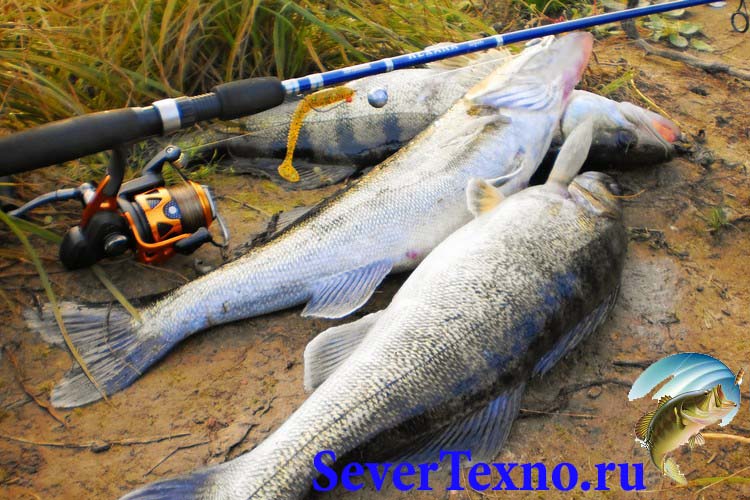
When fishing from a boat you need to choose shorter types of rods with a length of 2.1 to 2.4 meters. The test of such rods can be from 15 grams to 50. It all depends on what size you want to catch a predator. But you also need to take into account in which reservoir you are fishing, in small rivers, pike perch are rarely quite large in size.
We figured out the rod, now we need to think about which reel is better to use. The most important thing in the reel is that it fits the rod test as much as possible and balances with it. If the spinning tackle is not properly balanced, then such fishing for zander in October will not bring pleasure, as you will quickly get exhausted throwing the bait into the water.
For beginners, it is best to use spinning reels with a 1500 or 2000 spool. To be able to wind 100 meters of monofilament on it, some people prefer to use a braided line for fishing. But for beginners, it is best to use a monofilament. If there is a high probability of pike biting, it is best to put a metal leash to avoid losing the bait.
What bait to catch in October
More and more fishermen prefer lures such as wobblers, and various silicone lures for jig heads. Wobblers are usually used for trolling, when silicone lures are most often used for catching a walleye in October in water bodies where there are underwater obstacles and in small creeks.
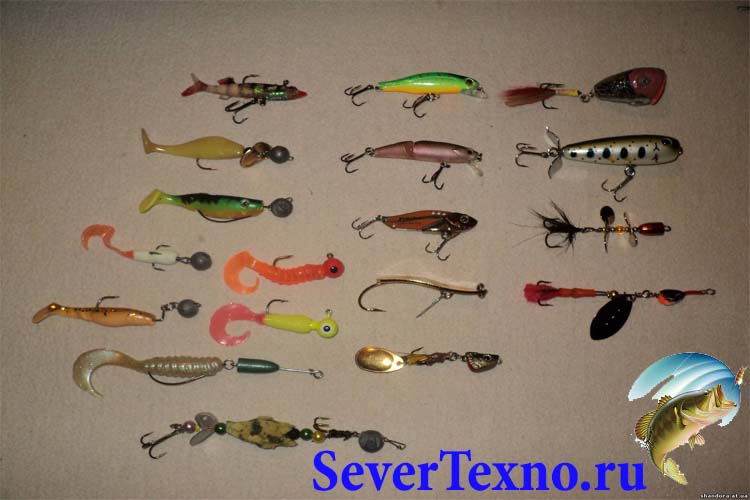
Another advantage of fishing with a jig head is that you can feel the bottom of the reservoir as much as possible during wiring. This allows you to more effectively probe the bottom if you come to an unfamiliar body of water in search of the desired trophy.
In addition to wobblers and silicone baits, pike perch also does not disdain in October such baits as swinging lures, spinners are not averse to taking on foam rubber fish, and of course they will not refuse live bait. But things are not much different with live bait, here you can no longer catch spinning or trolling. It is betrayed to put such gear as mugs or vents.
Even if someone did not advise you this or that bait for successful catching zander, on which he caught quite a few trophies, it can be completely useless without the correct wiring technique. Since in October the pike perch prefers to stay as close to the bottom of the reservoir as possible, the best wiring will be the one that will be as close as possible to the bottom topography.
Another factor in the retrieval for a successful bite of a predator is that you need a good game of the lure or, as many people like to say, animation during the retrieval.
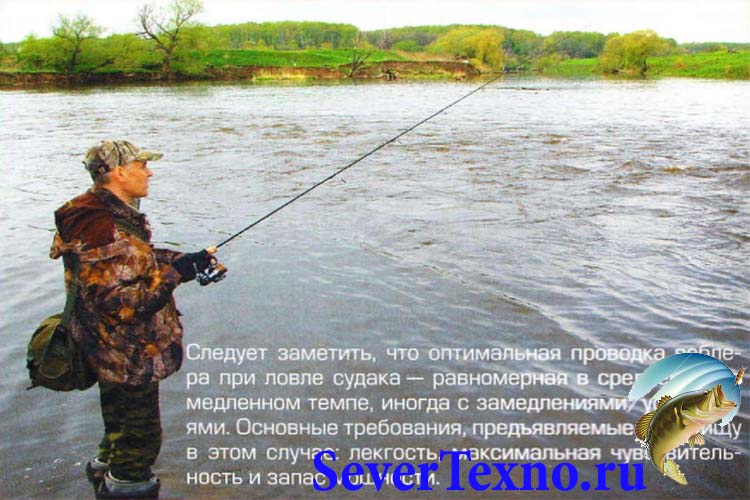
And so let's look at a few of these postings with animation. One of the most probably popular and which is easier for a beginner to master is the uniform wiring with slow winding of the line onto the spool of the reel. But for such wiring, lures are best suited, such as wobblers, spinners, turntables and "spinners"
The technique of wiring jig baits is significantly different from the first, but this does not mean that it is more complicated. If you take a little time to master it, then even a beginner who first encounters such wiring will quickly master it.
It consists in the following: After casting the bait into the water, you need to wait until the twister or vibrotail or any other silicone bait is released to the bottom. As soon as it hits the bottom, you will feel a characteristic blow to the tip of the rod. Then the slack of the sagging fishing line is removed and a jerk is made with the tip of the rod to lift the bait from the bottom, and the slack of the fishing line is also removed. As soon as the bait sinks to the bottom again, the actions are repeated.

